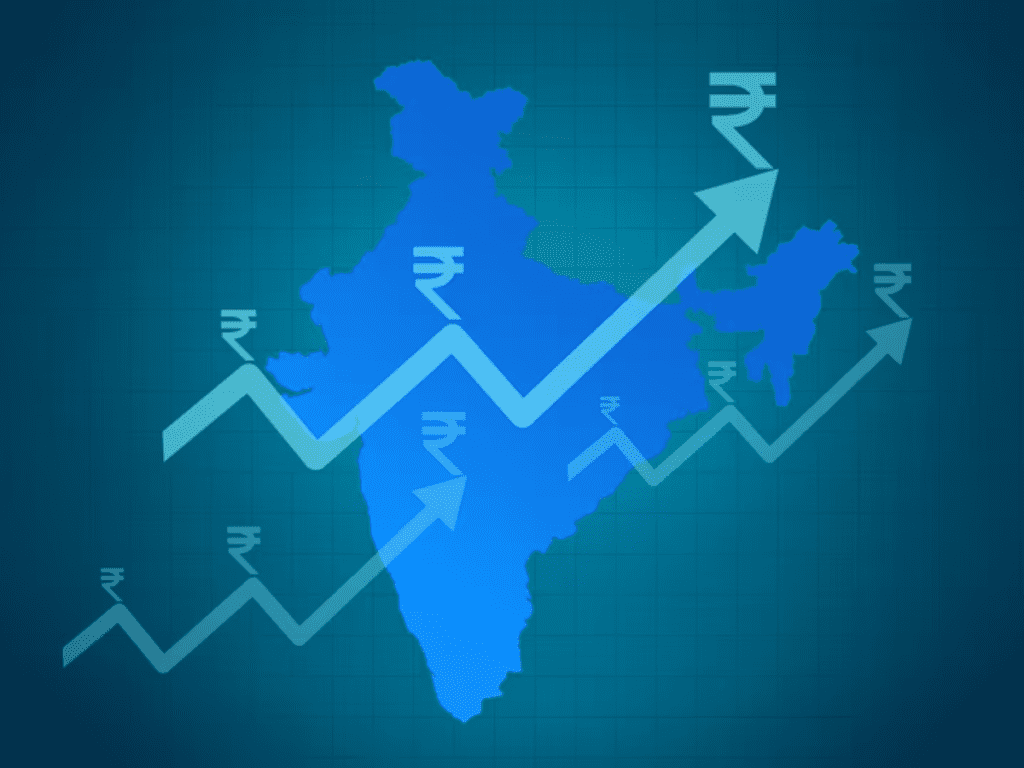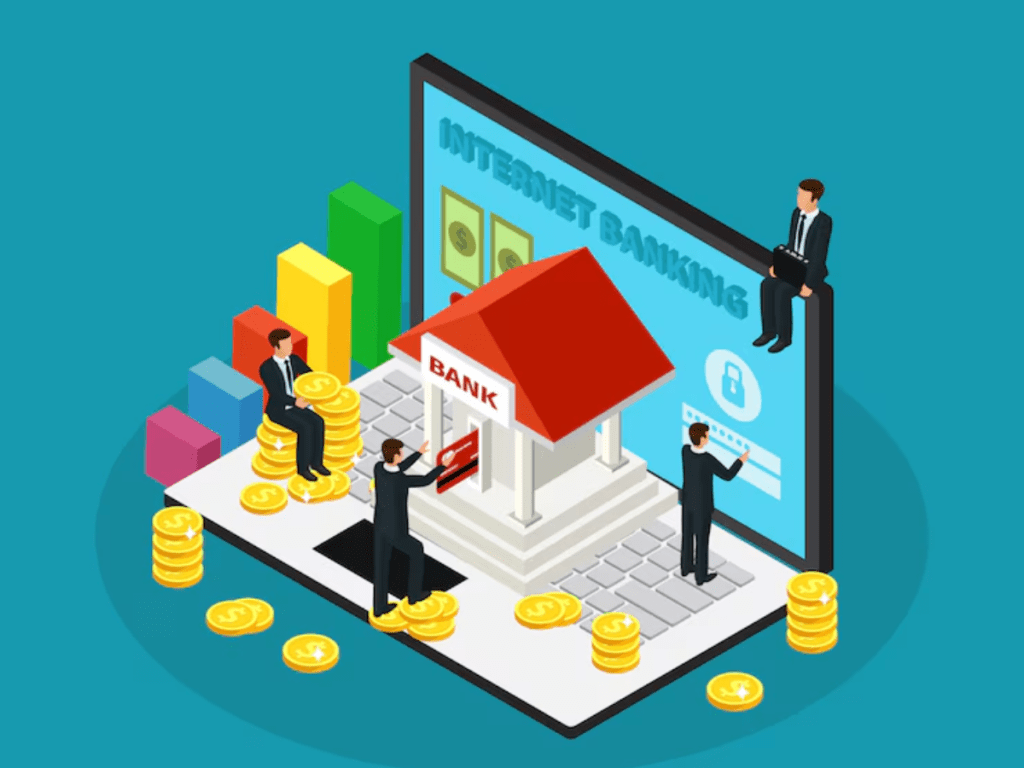Introduction
In the changing financial services landscape, consumer access to loans has undergone a radical shift. Traditional financial institutions, once and for all known as the keepers of the credit gate, are now battling growing competition from a new crop of financial services providers: neobanks and digital lenders. These online-first financial institutions are revolutionizing the way loans are provided, acquired, and administered. Neobanks and digital lenders are using technology, convenience, and reduced operational expenses to provide more competitive options than traditional banks. This article discusses how these new entrants are transforming the loan market and disrupting the old banks that traditionally occupied this ground.
Emergence of Neobanks and Digital Lenders
Neobanks and online lenders have their origin in the speedy digitalization of banking services, which has taken force in the recent decade. Neobanks have also come to be called “challenger banks” as they challenge established banks head-on. They offer banking facilities at no extra cost of maintaining branches, and that too is completely digital. Such services as checking and savings accounts, personal loans, and even investments can all be accessed through websites and mobile applications. Digital lenders, however, specialize in lending exclusively and typically do not work within the structure of the conventional banking system. They are experts at offering loans from personal and automobile loans to business loans, all without direct face-to-face interaction.
These banks emerged to counteract consumers’ growing discontent with conventional banks. Consumers were looking for quicker, more efficient, and more transparent means to access credit and handle their money. They found what they were looking for in neobanks and digital lenders, who utilized digital technologies, big data, and new customer engagement models to deliver a superior option. The success of these digital-first banks can be attributed to their capacity to deliver quick, convenient, and often cheaper services than could be afforded by traditional institutions.
Technology at the Core
One of the strongest strengths that neobanks and digital lenders have over traditional institutions is that they can use sophisticated technology in order to simplify their operations. Legacy banks, particularly the larger ones, tend to have legacy systems and old infrastructure, which can make lending slower and more expensive. Digital lenders and neobanks, on the other hand, have been established with new technology from scratch, allowing them to provide a smoother and more efficient customer experience.
For instance, AI and ML algorithms are central to the lending process. Rather than depending on credit scores, which are limited in scope or perhaps outdated, online lenders consider a wider set of data points in determining the creditworthiness of a borrower. These can encompass income trends, spending habits, and even social media usage. Through the examination of these alternative data points, online lenders are able to provide a more precise and dynamic measurement of risk, which tends to lead to faster loan approvals and more customized loan terms for consumers.
Secondly, automation in the underwriting process of digital lenders enables quicker loan approvals. Banks conventional usually need human handling within the underwriting process, and hence there are delays and possible inconsistencies. Through automation, neobanks and digital lenders can minimize the time taken to consider an application and offer decisions within minutes, unlike the days or even weeks that conventional institutions take.
Efficiency and Speed of the Loan Process
The loan application process has traditionally been one of the most time-consuming elements of working with traditional financial institutions. Consumers typically must complete cumbersome paperwork, produce a plethora of documents, and wait days or weeks to be told whether or not they are approved for a loan. The slow, manual process can be infuriating, especially when individuals need money immediately.
Neobanks and online lenders, though, are revolutionizing the process by streamlining the loan application process as much as possible. With a few taps on a mobile application or website, borrowers can apply for a loan, upload supporting documents, and get an approval or denial in a much shorter period of time. The streamlined process enables customers to get money quickly, whether it is for a personal crisis, a business requirement, or a big purchase.
The fact that online platforms are used also implies that borrowers can apply for loans at any time, anywhere, without having to go to a bank branch during working hours. This degree of convenience is especially attractive to younger consumers who have become used to digital-first services and anticipate the same degree of convenience in their financial transactions. For instance, borrowers in other time zones or with hectic schedules no longer have to adjust their lives to obtain a loan from a conventional institution—they can do so from their phones, at any time they prefer.
Greater Accessibility for Underserved Populations
One of the main problems with traditional lending models is that they tend to ignore or exclude those who do not fit within standard credit analysis. Those with low or no credit scores, or who have experienced financial difficulties in the past, might struggle to secure loans from mainstream banks, which rely heavily on traditional credit scoring models.
Neobanks and online lenders are tackling this problem by using non-traditional data to assess creditworthiness. For example, instead of using a credit score in isolation, these sites can look at things like an individual’s payment history for rent, utilities, and other recurring expenses. Sometimes, lenders will even consider an individual’s social media activity, job stability, and other non-financial activities to determine their risk.
This movement towards more inclusive lending enables digital-first financial platforms to lend to a broader spectrum of consumers, including those who might otherwise have been excluded from the traditional lending system. This is especially relevant for consumers in developing countries or emerging markets, where credit access is low but where mobile internet penetration and smartphone usage are increasing. These consumers can now get much-needed capital for personal or business expansion so that they can engage more comprehensively with the economy.
Competitive Loan Terms and Reduced Fees
Yet another major benefit that neobanks and online lenders possess over traditional lenders is that they can provide more competitive loan terms. Conventional banks frequently impose various types of fees, such as origination fees, late charges, and prepayment penalties, that can quickly increase the cost of loans to customers. Also, as conventional banks have high fixed costs because they maintain physical locations, these costs tend to be shifted to the customer in the form of higher interest rates.
Neobanks and online lenders, however, operate at a lower cost because they do not have physical branches or huge staff numbers. This enables them to transfer those savings to the consumer in the guise of reduced charges and cheaper interest rates. Most of the online lenders provide zero-fee loans to eligible borrowers, which can be particularly useful for consumers who wish to forego high initial charges or extended duration charges.
Aside from lower fees, digital lenders and neobanks also provide more flexible loan terms. For instance, borrowers can be allowed to modify repayment schedules or select varying loan amounts depending on their needs and financial status. Such flexibility is usually not available in traditional banks, where loan terms are standard and less flexible. The convenience provided by online lenders has the potential to simplify the process of managing finances by borrowers and ensure their loan repayment schedule is synchronized with their salary and other financial obligations.
Personalization of Loan Products
One of the fundamental characteristics that mark neobanks and digital lenders over traditional banks is the degree to which they are able to personalise. Conventional financial firms tend to deal in standardized lending products, often not perfectly suiting each of their borrowers. These lending products tend to come with a single-size-fits-all design methodology, leaving plenty of customers at the receiving end of less than optimal terms.
Conversely, neobanks and online lenders leverage sophisticated data analytics to personalize loan offers to customers based on their financial needs and behavior. Through the analysis of a borrower’s spending patterns, payment history, and other associated data, such institutions can design loan products that are more bespoke, with conditions that are commensurate with the borrower’s financial profile. Such personalized attention not only assists borrowers in obtaining loans more appropriate to their requirements but also creates a spirit of trust and loyalty between the borrower and lender.
The Regulatory Landscape
As digital-first financial platforms become more popular, they are subject to growing regulatory scrutiny. Conventional banks work in highly regulated spaces, with tight regulations to safeguard consumers and maintain the stability of the financial system. Neobanks and digital lenders have struggled to navigate the regulatory environment, especially as many of them operate globally and contend with varying regulatory environments across countries where they operate.
To address these concerns, most neobanks and online lenders are collaborating closely with the regulators so that their operations comply with the applicable laws, such as consumer protection legislation, data protection regulations, and fair lending. This constant communication between the digital financial platforms and regulatory agencies ensures that the consumers continue to be protected while enabling the former to innovate and provide competitive products.
The Future of Digital Lending
The future of online lending is rosy, with neobanks and digital lenders set to continue disrupting traditional banking institutions. The trend towards digital-first financial services will gather momentum as increasing numbers of consumers seek convenience, transparency, and ease of access in their financial dealings. As technology advances further, digital lenders will likely turn to even more sophisticated tools, including blockchain technology and sophisticated AI, to further improve their products and customer experience.
Traditional banks, though, are not waiting around. Most of them are moving with the times by developing their own online lending platforms and partnering with fintech startups to improve their offerings. This has resulted in an increasing merging of traditional and digital-first banking models, giving birth to a hybrid model of lending that provides consumers with the best of both worlds. In the future, consumers will probably have access to an even wider variety of lending products, with more options and the option to choose the loan that suits them best.
Conclusion
The rivalry between neobanks, digital lenders, and traditional banks is transforming the loan market in deep ways. Through the use of technology, presenting more flexible terms, and embracing inclusive lending behaviors, digital-first financial platforms are offering consumers an accelerated, more convenient, and often cheaper path to credit. Traditional banks remain an important part of the financial landscape, yet neobanks and digital lenders have the potential to take a greater percentage of lending business. Since technology keeps evolving and consumer tastes keep moving towards online services, there is no doubt that the future of lending will be online and that traditional institutions have to comply or else be left behind in the changing landscape of finance.

